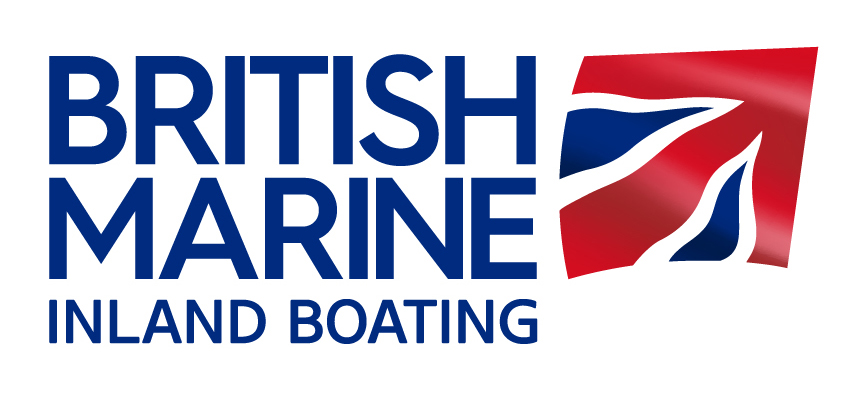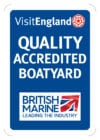Now is the right time to think about winterising your boat if you are not going to be using it
Here are a few things to consider
- Make sure your engine bilge is clean. A messy job but worth doing. Condensation in the engine compartment can cause engine components to corrode faster and isn’t good for electrical connections. You can buy bilge cleaners which help kill bacteria and reduce corrosion. Make sure any oil taken out is disposed of responsibly. Make sure your bilge pump works and that you have a way of keeping batteries charged up using shore power or solar panels.
- If you have rear and fore deck covers, use them or you can use tarpaulins to keep the worst of the weather out.
- Clean deck rails to make sure all drainage holes are free of leaves etc.
- Turn off gas at the bottle.
- Check your stern tube greaser and stuffing box and renew packing if necessary.
- Top up your diesel tank to reduce condensation and add diesel bug to the tank. This will reduce or stop the growth of this jelly like bacteria which grows between the water and diesel layer. It is a good idea every few years to empty the tank and remove as much water and debris as you can. Fitting a quality filter such as Fuel-Guard will prevent diesel bug and water getting past it to the engine. If you have normal paper fuel filters it is a good time to replace them.
- An oil and oil filter change is a good idea before winterising, as the non moving engine parts are sitting is new oil until springtime.
- Check battery connections and clean them. After cleaning a smear of petroleum jelly will keep water out.
- Drain your main drinking/domestic water tank. We like to sterilise the tank first then empty it.
- If you have mixer valves for showers or sinks it is a good idea to remove them and store them in a warm place. New WRAS regulations mean that mnost modern mixers have non return valves which make it hard to get the water out. In 2022 we lost 4 shower mixers that split when the temperature went down to -10°C. Put a little anti-freeze into any u-bend traps in showers or sinks.
- Pump out toilet tanks to ensure they can’t split should the contents freeze.
- Check antifreeze in the engine and skin tank. If it hasn’t been changed for a few years, drain and refill the system. Mix antifreeze with water before adding to the engine. For modern engines which have aluminium, copper and or plastic components it is better to use red antifreeze, this is silicate-free, organic acid technology (OAT). If your engine was made before 1998 and is mostly cast iron and rubber pipes then blue antifreeze (which does contain silicate) should be fine.You can always contact your engine manufacturer for guidance. Always run the engine after new antifreeze is added to bleed out air and ensure the mixture is pumped around the entire system.
- If you have a water heater such as Webasto or Eberspacher then again check antifreeze levels and if the coolant looks brown, flush and refill. We use red antifreeze as the main heat exchanger is aluminium and radiators are usually steel so the additives in red reduce the corrosion. However, any glycol based antifreeze will work, just don’t use methanol based antifreeze (quite rare now). Webasto recommend 25% antifreeze to water ratio. Mix before adding to the system. Run the heater for a while to ensure it is all evenly distributed.














